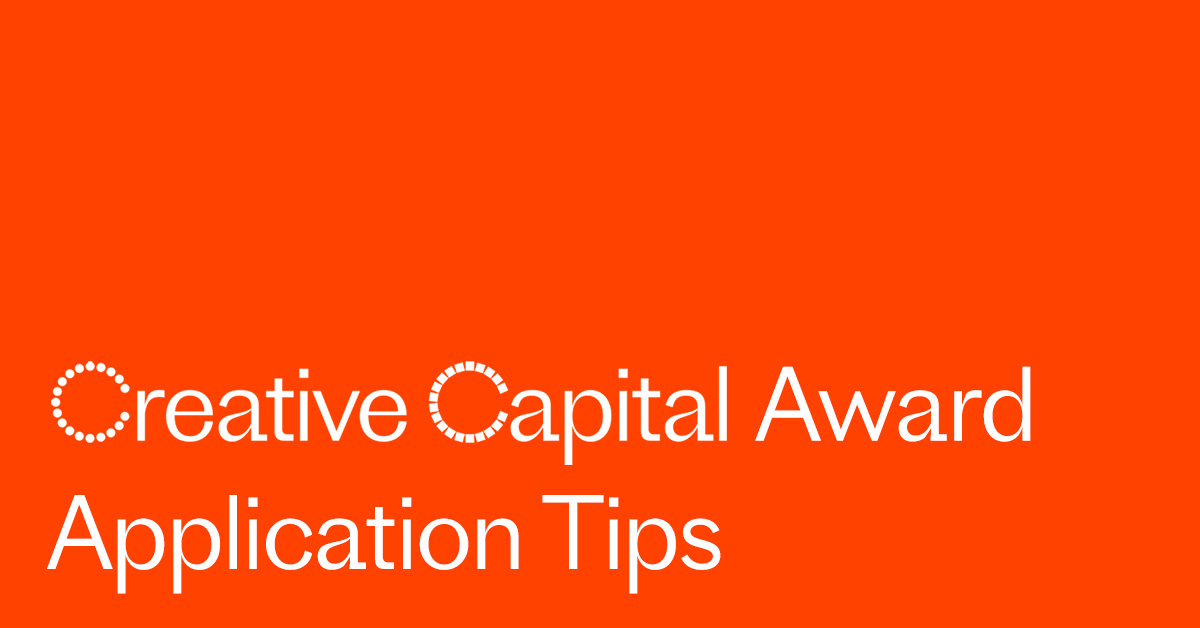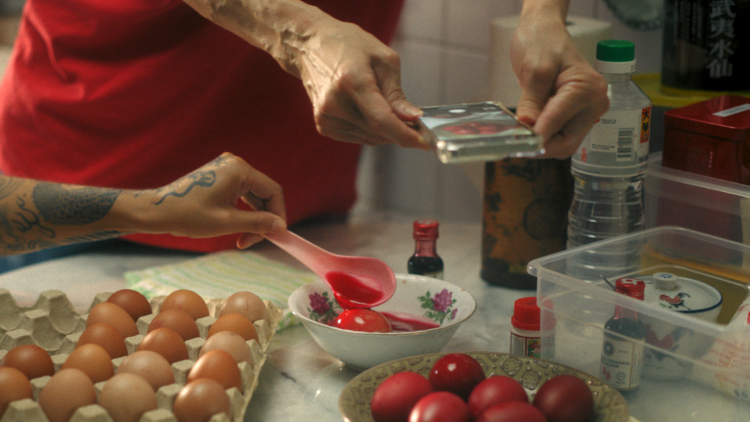What Makes A Good Application for the Creative Capital Award?

What makes a good application? Creative Capital instructs reviewers to focus on the ideas behind each project, but there is no denying that other certain qualities can make an application more impactful. After a multidisciplinary panel of experts from various fields chose the 2020 Creative Capital Awards, we asked them what stood out as they reviewed applications.
Each application goes through a several-month evaluation process consisting of three rounds. In the first and second rounds, projects are matched with reviewers from the applicants’ chosen disciplines (for example, a project submitted as poetry and social practice will be reviewed by people qualified in each field). Applications that make it to the final round are evaluated by a multidisciplinary in-person panel to choose the Creative Capital Awards.
So, artists should keep in mind that their applications are looked at both by people in their fields and people from other fields of the arts. Therefore, be careful about assuming past knowledge of work of field-specific references and terms. Roddy Schrock, Executive Director of Eyebeam, said, “Never assume that the reader understands anything about the applicant’s field, practice, or even assumptions about language. If there is a way to say something simply and directly, always take that route.”
Panelists commonly responded that applications that featured good, accessible work samples were important. Tara Aisha Willis, Curator of Performance at MOCA in Chicago, noted that “It is extremely difficult for performance work to be well-represented by typical video documentation.” She suggested that performance work samples should be explicit about how the work was presented. For instance, in the description field of the work sample upload section, artists should include information about the venue, whether it is multi-sided or unconventional seating, or typical theater style. “Panelists,” Willis said, “do not have that same understanding of how challenging it can be to get quality footage,” so adding descriptions about the performance will them fill in details that work sample footage might lack.
Applications should specifically answer “why our culture needs this contribution,” said Cassils.
Work samples can also be challenging for artists proposing projects that are in research and development, and therefore only have documentation of past work. We ask reviewers to take this into consideration, but there are certain things artists can do with their existing work samples to help build the case for the future project.
Angela Mattox, a performing arts curator, suggested that applicants be more explicit about labeling “which pieces, excerpts, and examples best embody the nascent idea.” Speaking directly to artists whose work is highly interdisciplinary, or whose project reflects a new career phase, Willis suggested to “consider showing the panelists what you’re working with across a range of types of media or practices and how you will bring a similar approach to your new project! At the same time, make sure you are creating a very clear case for the coherence of your practice and how everything is connected and relevant to your proposal.”
For film projects, Carlos Gutierrez, Executive Director of Cinema Tropical, stressed the importance of choosing good work samples. “By watching what the applicant submits you can tell if the artist has a cinematic eye,” he said, “that is, the capability of narrating a story using a cinematic language. If that’s not in place, it becomes very hard to justify the use of cinema as an optimal tool of expression of whichever subject matter the applicant has chosen.”
Clarity in intention and purpose in project descriptions was another consistent highlight of a good application. Creative Capital Awardee and panelist Lelah Mehran said that “the best applications presented clarity of ideas, writing, sample works, and thoroughly following the application guidelines.” Specifically, Creative Capital Awardee and panelist Cassils liked applications that answered “Why our culture needs this contribution.”
Creative Capital seeks adventurous, risk-taking work that pushes cultural conversations forward, and artists should keep this in mind when deciding what type of work they propose. Curator and Executive Director of Fathomers, Stacy Switzer said she “would also encourage artists to keep proposing projects that really push the boundaries of their own practices—and aspire to move culture in significant ways. Creative Capital is defined in part by its explicit and sincere embrace of creative risk, and I hope applicants continue to really leverage this invitation to go where you haven’t gone before.”
Read more about the Creative Capital Award application, and get started. The application is due Saturday, February 29 at 4 pm ET.
